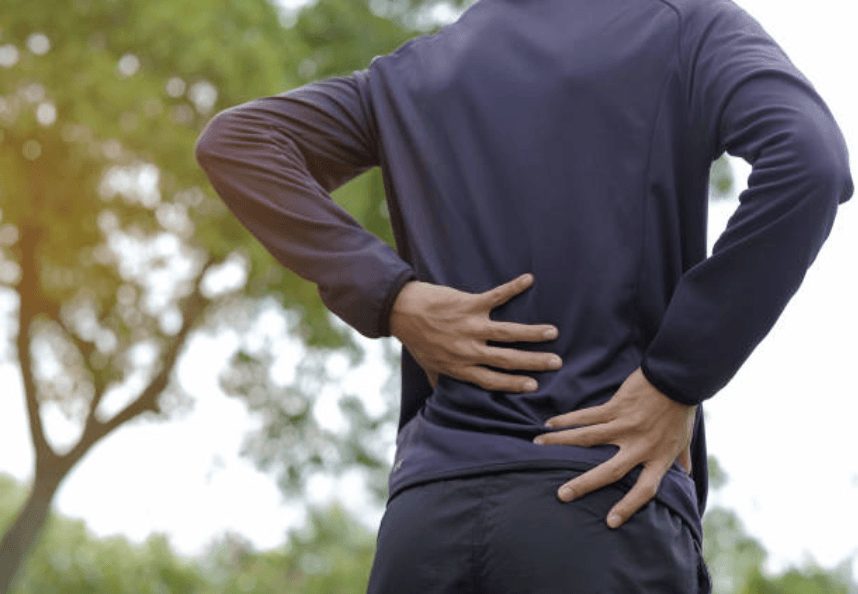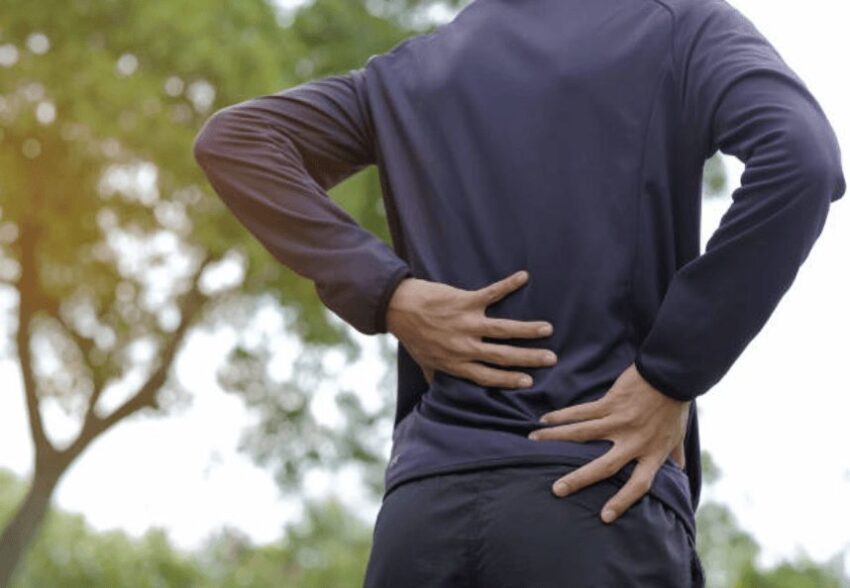
A herniated disc (also known as a “slipped disc” occurs when the spongy tissue between vertebrae in the spine moves out of place. This can happen from a variety of factors, including age, genetics, injury or physical trauma of some kind.
While it’s not possible to guarantee you won’t ever have a disc herniation, especially if you’ve had one before, there are preventative measures to take that can potentially stave it off.
- Good posture. Stand up straight with your shoulders back and your neck in alignment. Picture your spinal column as a tool that needs to be used correctly at all times. When you slouch, lean your neck forward to text, or sit with bad posture at a desk all day, it creates a lack of stability in your spine.
- Strengthen your core. Core muscles, location in the mid-region of your body, protect your spine from wear and tear. By doing exercises like planks (in good form) regularly, you can protect the spinal column.
- Lift correctly. Every time you bend to pick something up – even if it’s a light item – you must use correct form. Never bend at the waist. Instead, bend at the knees, keeping your back straight and lift as if doing a squat.
- Eliminate smoking. Nicotine has been found to contribute to disc degeneration, which can lead to a herniated disc. Not only is smoking bad for your lungs, it’s bad for your back.
- Wear the right shoes. Every body is different, so ensure your shoes are the right support for your body. Specialty shoe stores exist to fit and test your feet for the best shoes. Avoid high heels and take breaks to sit when you can.
- Keep a healthy weight. It’s a fact of life: More weight means more stress on your spine. By eating healthy, exercising, and keeping a healthy weight, you’ll put less stress on your spine and make it less likely for a herniated disc to occur.
- Prioritize stretching. The muscles in your body are all connected to your spinal column in some way or another. By prioritizing stretches, like hamstring and hip stretches, you’ll reduce pressure from tight muscles and help your spine stay healthy and in alignment.
Learn more at SpineHealth.org



